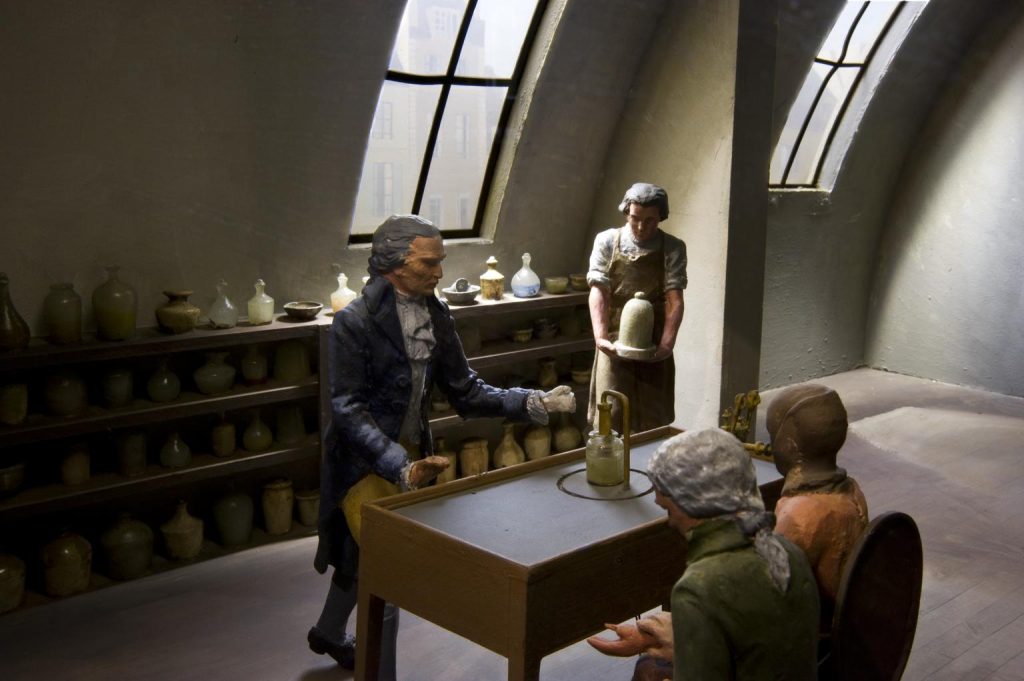Measuring Breath: from cadavers to spirometers
New Life of Breath post-doctoral researcher Coreen McGuire introduces her research:
Last seen fleeing the scene of the crime, the suspect was a white male in his mid-40s and was approximately 5’9, of a somewhat stocky build…
This is the way that we describe people when we’re trying to be as accurate as possible. By invoking close approximations of age, height and weight. These are obvious ways to make direct measurements of a person’s body. But what happens if you need to measure something completely apart from these things? What if the thing you want to measure is something intangible, invisible, and intimately personal, like breath?
Eighteenth-century anatomist James Keill (1673-1719) had a way of measuring lung capacity: by filling up the lungs of corpses and measuring the amount of liquid each lung could hold. However, this method has obvious disadvantages in the measurement of lung capacity in the living… Therefore, it is necessary to make indirect measurements of surrogate quantities; that is, measuring something by measuring something else. During the nineteenth century, a host of instruments to measure such quantities were invented. One such instrument was the spirometer, made famous by John Hutchinson (1811-1861). It doesn’t really measure the volume of the lungs, instead making surrogate measurements to indicate lung capacity. Hutchinson’s rule was that vital capacity was directly related to height and inversely related to age. Vital capacity is the maximum amount of air a person can expel from their lungs. But it seems that straight away vital capacity becomes more than this… it’s meaning goes beyond its initial clinical definition and becomes an indicator not just of vital capacity but also of mortality and fitness more generally. As a result, it soon became used as a key way of assessing people’s fitness for the military and certain occupations. Most early spirometers used water to do this, but other instrument makers experimented with different kinds of gases and even mercury.
Considering the materiality of spirometers is a key part of my research on the Life of Breath project, especially as the early-twentieth-century devices were so varied. In the period before global standardisation there was a surfeit of competing devices and patents for spirometers. Between 1846 and 1946 instrumentation and measurement standards were in a state of flux, and there were constant attempts to lock down categories of variability and difference. From the objects themselves, you can tell a great deal about how instrument makers designed their instruments to be authoritative devices through close examination of their materials, markings, and units of measurement, patents and so forth. Therefore, I plan on tracking down and examining as many of these early devices as possible.
There are of course, spirometers in the Thackray Medical Museum and in the Wellcome Collection holdings. However, I have been struggling to find more examples of early-twentieth-century spirometers. Therefore, I want to finish this blog with a plea to any readers with any involvement with hospitals, medical instrument collections, and medical museums. If anyone reading this has knowledge of where I could find more spirometers then please do get in touch.
Anyone interested in images of historical spirometers should check out the amazing collection maintained at the PFT Forum: https://www.pftforum.com/history/
Photograph courtesy of the London Science Museum.




